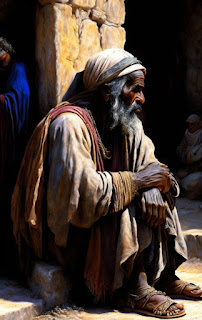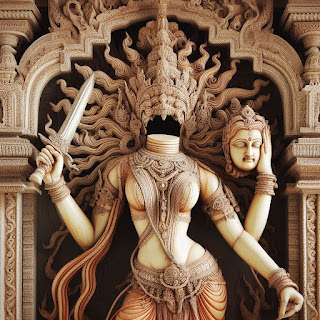Gnostic Cosmology
Gnostic cosmology is a complex and fascinating system that provides insight into the Gnostic understanding of the nature of reality, the divine, and the human condition. At the heart of this cosmology are the Aeons, divine beings that exist in a hierarchy of pairs or syzygies.
The Aeons
According to Gnostic cosmology, the Aeons are emanations of the ultimate divine being, often referred to as the Pleroma. The Aeons are grouped into pairs, each pair representing a particular aspect of the divine. These pairs of Aeons are known as syzygies. There are usually four, seven, or eight syzygies, depending on the particular Gnostic sect.
The first syzygy consists of the Aeons Bythos (depth) and Sige (silence). Bythos represents the unknowable depths of the divine, while Sige represents the silence or stillness that surrounds it.
The second syzygy consists of the Aeons Nous (mind) and Aletheia (truth). Nous represents the divine intellect, while Aletheia represents the divine wisdom.
The third syzygy consists of the Aeons Logos (word) and Zoe (life). Logos represents the divine creative power, while Zoe represents the divine life force.
The fourth syzygy consists of the Aeons Anthropos (humanity) and Ecclesia (church). Anthropos represents the divine spark within humanity, while Ecclesia represents the divine community of believers.
The Archons
In addition to the Aeons, Gnostic cosmology includes the concept of the Archons. The Archons are lower divine beings that exist outside the Pleroma, in the realm of the Demiurge, a lesser divine being that created the material world.
According to Gnostic cosmology, the Archons are responsible for the creation and maintenance of the material world, which they have trapped humanity within. The Archons are often depicted as malevolent beings that seek to keep humanity in ignorance and darkness.
Gnostic Texts
Gnostic cosmology is expounded upon in various Gnostic texts, including the Nag Hammadi library, a collection of Gnostic texts discovered in Egypt in 1945.
One important text in Gnostic cosmology is the Apocryphon of John, which provides a detailed account of the creation of the world and the role of the Aeons and Archons in that process. The text describes how the Demiurge, a lower divine being, created the material world out of ignorance and arrogance, and how the Archons were created to help maintain that world.
Another important text is the Gospel of Philip, which explores the relationship between the Aeons and the human soul. The text describes how the human soul is made up of the same substance as the Aeons and how it can be reunited with the divine through the knowledge or gnosis of its true nature.
Conclusion
Gnostic cosmology is a complex and fascinating system that offers insight into the Gnostic understanding of the divine, the human condition, and the nature of reality. At the heart of this cosmology are the Aeons, divine beings that exist in pairs or syzygies, and the Archons, lower divine beings responsible for the creation and maintenance of the material world. Through the study of Gnostic texts such as the Apocryphon of John and the Gospel of Philip, we can gain a deeper understanding of this unique and powerful spiritual tradition.




Comments
Post a Comment